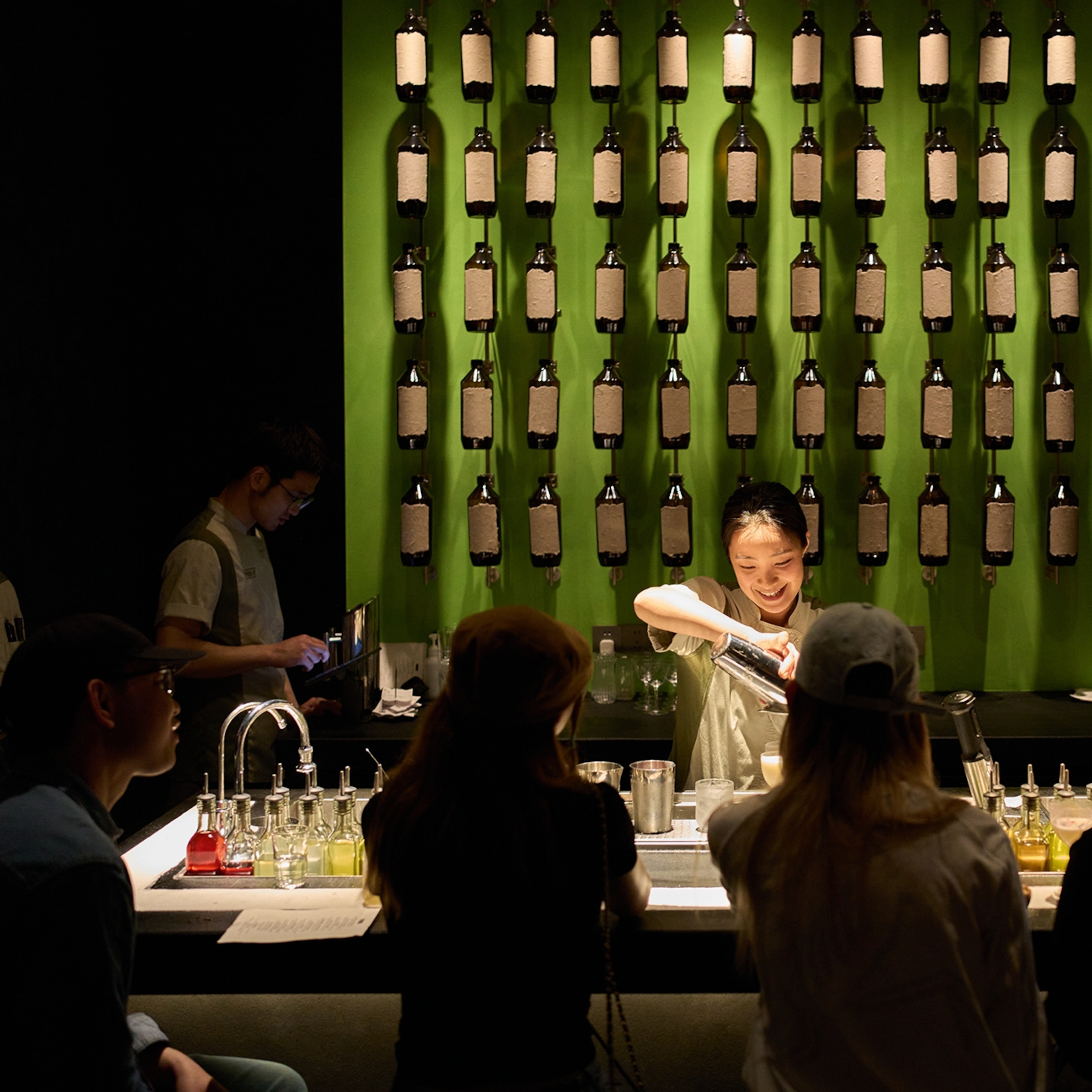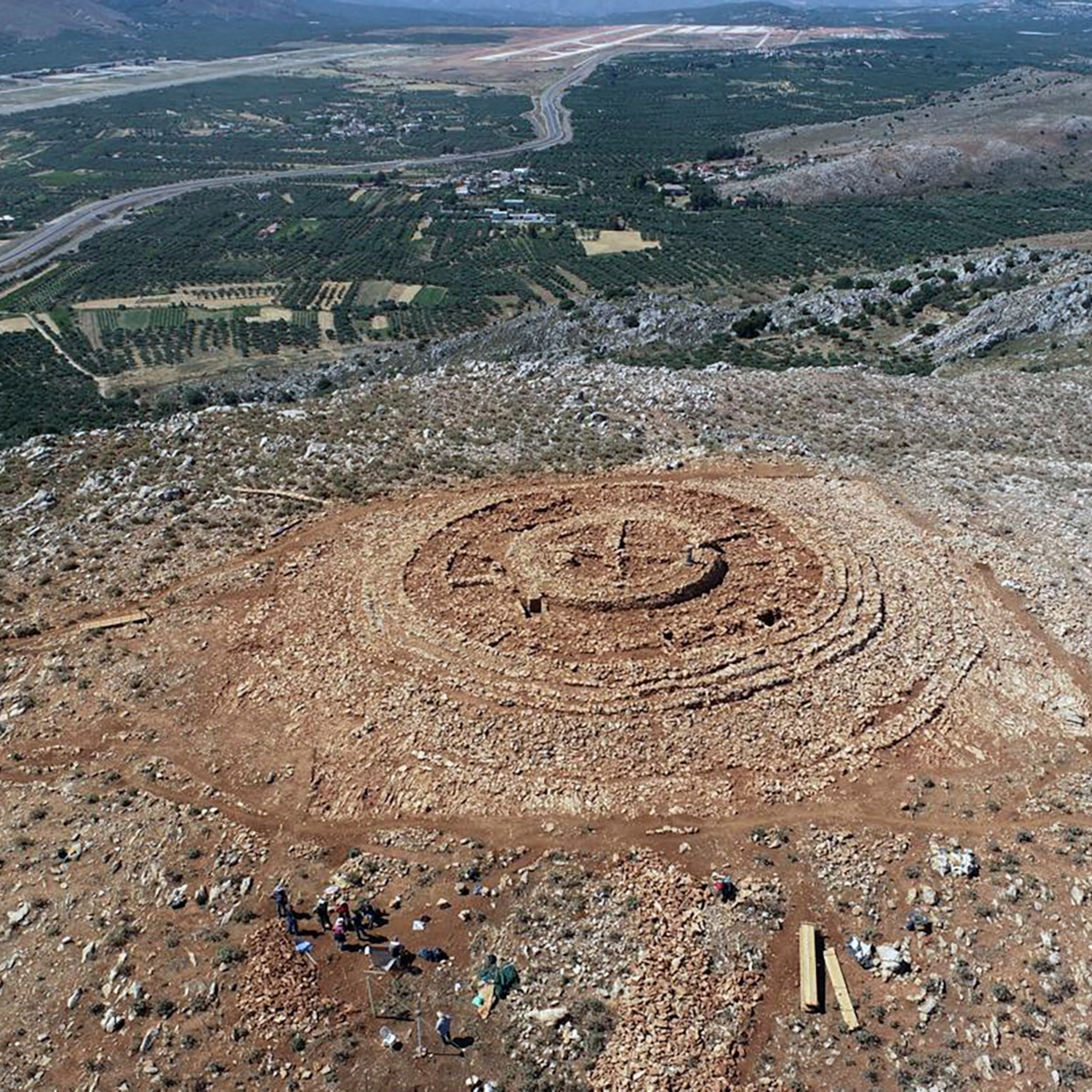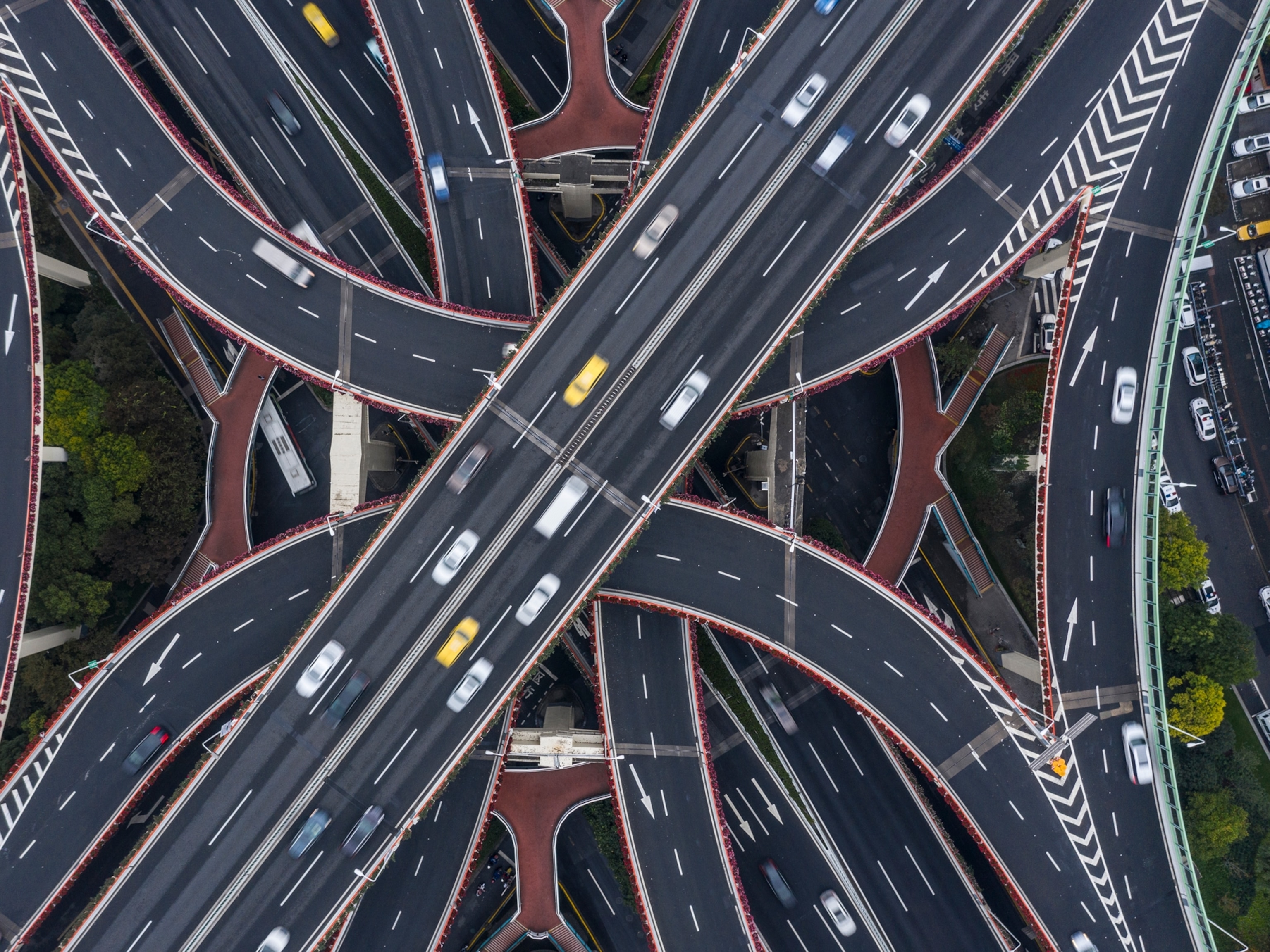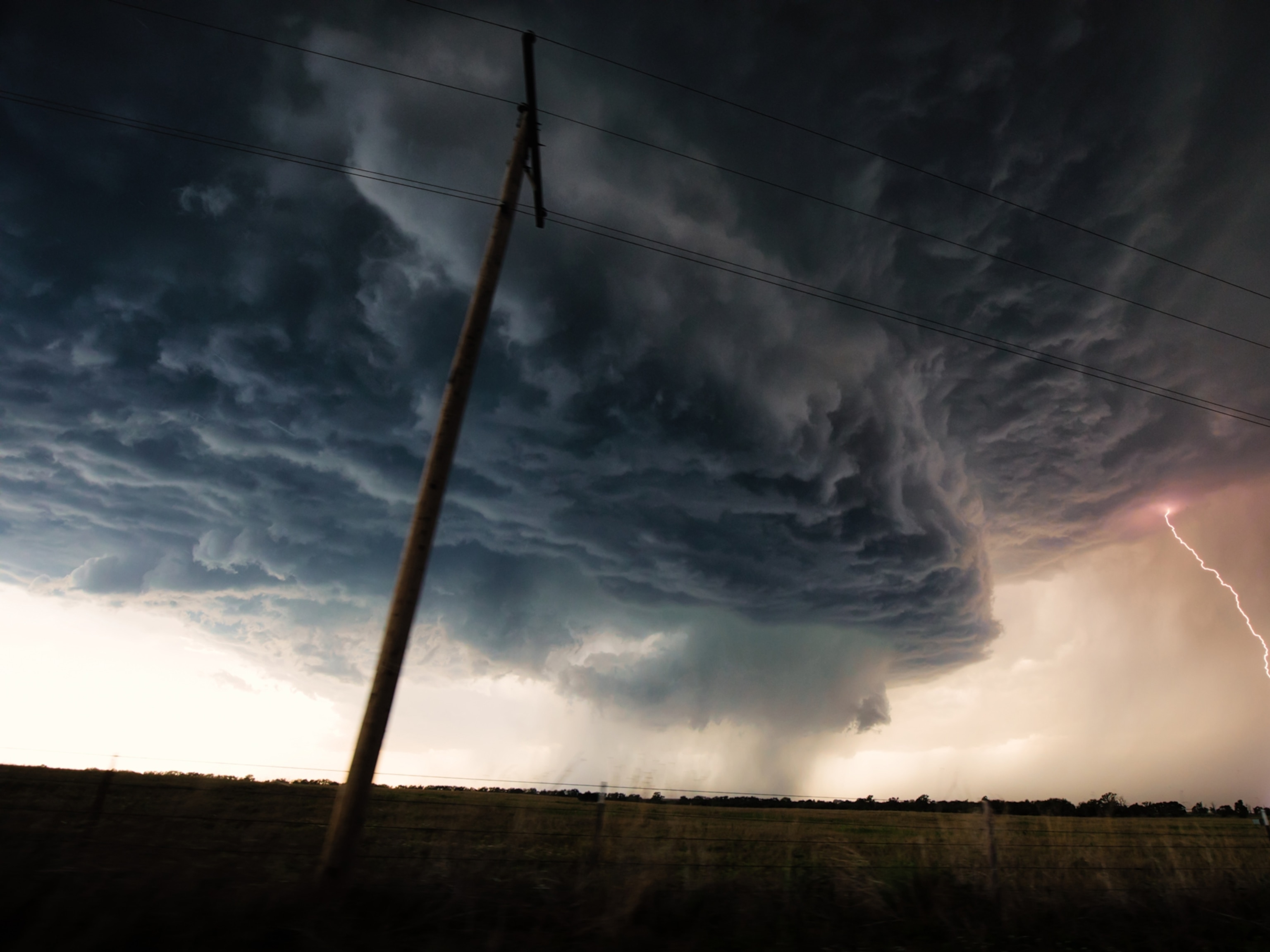
How one city plans to recover from losing most of its trees
Tens of thousands of trees in Cedar Rapids, Iowa, were destroyed by a devastating summer windstorm. That has meant heartache for city residents, but also opportunity to replant stronger.
cedar rapids, Iowa — In a community whose logo is a tree, the trees connect people to their environment—until they’re gone.
A windstorm called a derecho blasted the Midwest in August with the intensity of a strong Category 3 hurricane. The wall of wind swept through Cedar Rapids around lunchtime, and in less than an hour, trees all over town—walnuts and sycamores, lindens and honey locusts—had tumbled onto houses and streets instead of framing the sky.
City arborist Todd Fagan estimates that the winds doomed 80,000 individual trees, more than half of the city’s total. Many were massive specimens with arching crowns, so he estimates that the derecho obliterated two-thirds of the city’s canopy, the layer of green seen by a flock of birds or an airplane passenger.
Fagan stands in a city park where branches and trunks of 100- to 250-year-old oaks still cloak the ground in mid October. “This park hurts to drive past,” he says, sighing and leaning on a metal gate. “It reminds me of the utter destruction of the whole city. I’ll never see it like it was again.”
Long-term adverse effects from the derecho, like increased energy costs and stormwater runoff, will take years to fully assess, though they’re already noticeable. But opportunities exist too. Months later, cleanup continues, but as the city replants in 2021, it has the chance to ensure that green spaces are more equally accessible to all residents and more likely to survive severe storms in the future.
Less shade, higher bills
Some trees toppled like giant chess pieces. Others remain upright but are so marred that they won’t survive.
“It’s almost like somebody grabbed the whole top of the tree and wrenched it right off,” Fagan says. “You’ve just got this jagged, twisted toothpick.”

In Joyce and Terry Moran’s backyard on Parkland Drive SE, a beloved silver maple succumbed. They had lived with the tree for 30 years before the storm ripped down part of it; chainsaws finished it off. The stump now serves as a pedestal for potted flowers.
“It’s like losing an old friend,” says Joyce.
That friend also helped with the electric bill by cooling the house. “Here in our family room, where we’re seated,” Joyce says, “you can tell it’s hotter.”
“It’s going to be hotter in the dining room and kitchen, too,” Terry says. “Our whole house was shaded for a good part of the day.”
Shadows cool neighborhoods in two ways: by shielding buildings from direct sun and by reducing the heat that concrete sidewalks and asphalt streets absorb and radiate later. In those ways, trees cool urban heat islands, those summer hot spots where temperatures can climb up to 17 degrees Fahrenheit in some cities.
Estimates of how much trees save in U.S. electricity costs range from $1 billion to $4.7 billion. The more conservative number comes from a study by Rob McDonald, lead scientist for nature-based solutions at The Nature Conservancy. He also examined temperature changes associated with urban tree cover.
Applying the data to the derecho’s damage, McDonald calculates that the average air temperature on a summer day in Cedar Rapids could rise by about a half degree Fahrenheit. That modest number, however, understates what might happen in some parts of town.
“City-wide statistics might mask a really important story for specific neighborhoods in Cedar Rapids that lost a lot of trees,” McDonald says. Temperatures could easily increase 2 to 4 degrees, he says, along streets where stumps provide the only hints of the leafy-green tunnels that used to exist.
Bridges from sky to earth
Trees not only bind sky to land but also link land to water, a truth that’s apparent outside Russell Snow’s house. He and his family moved to the city in March, charmed by the sylvan property. A few months later, the derecho mangled 80 trees.
“For the first week solid, I was working 10 hours a day with a chainsaw, and I didn’t make a dent in it,” Snow says. “I have the world’s largest log pile right now at the back of my yard.”
The two-acre woodland was transformed into a barren slope of dirt, and with the next downpour, mud.
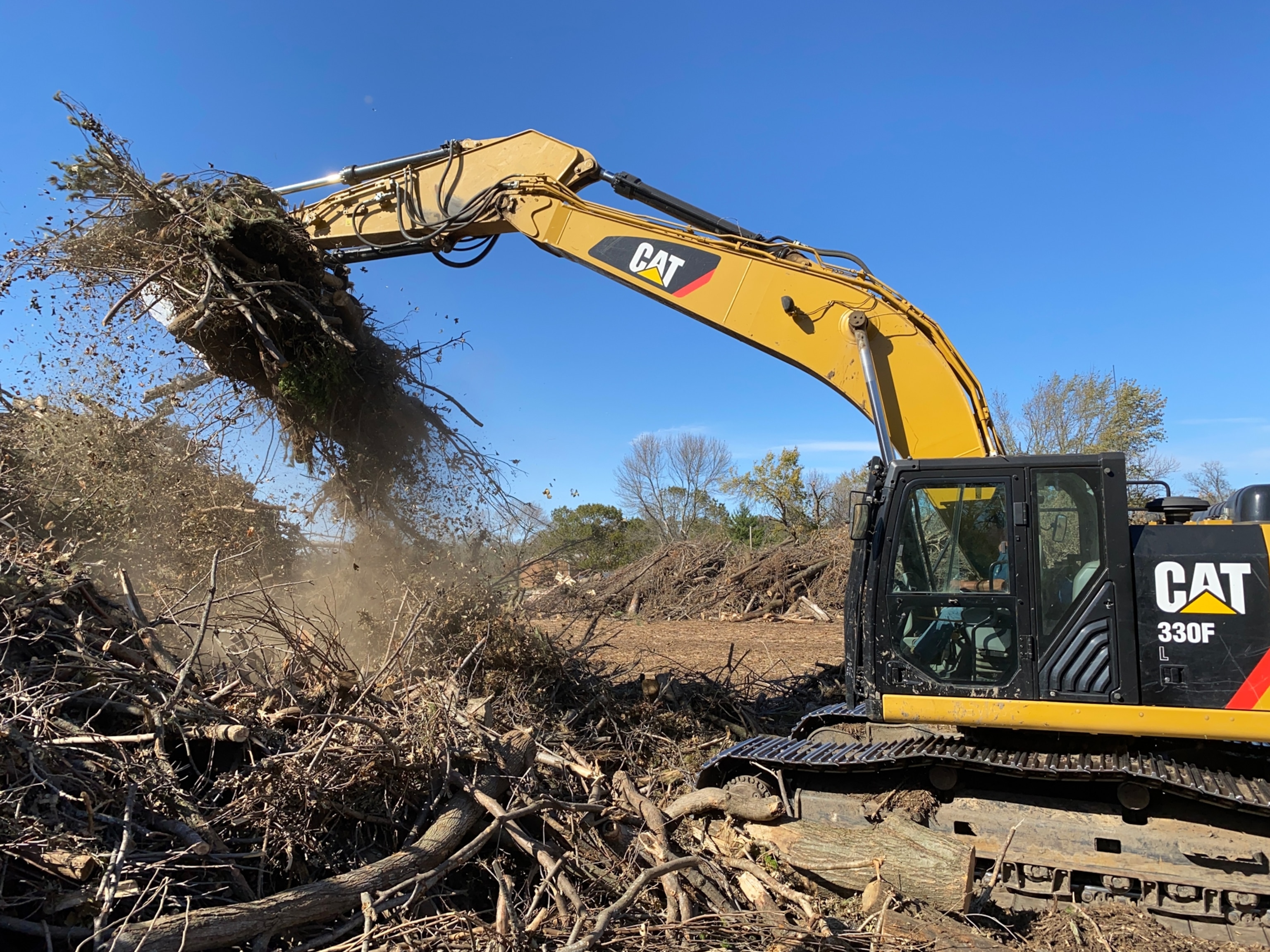
Urban forests don’t just block sun, they also intercept rain—it’s why the sidewalk under a sprawling hickory remains dry during a light shower.
Tree roots prevent soil from moving as rainwater rushes across it, and leaves and branches keep rainfall from slamming into unprotected hillsides or impervious surfaces like parking lots and streets. When rain batters those areas, it erodes soil and often collects a mix of toxins, carrying them into streams and rivers. With so many trees gone, millions more gallons of polluted stormwater will enter the Cedar Rapids watershed.
Snow’s response: grab a shovel and start to replace the irreplaceable.
“You’re planting for the future,” he says. “We’re planting for our kids and our kids’ kids. I’ll never see the benefit of a 150-year-old oak tree. But somebody else will.”
Regreening the city
Cedar Rapids is still assessing which tree species to choose for replanting, but selecting a variety will be crucial to decreasing the risk of pests that target specific species. Dutch elm disease, for example, ultimately killed 95 percent of American elm trees in Iowa’s cities after the first cases appeared in 1956.
“We did not do a great job after Dutch elm disease of replanting a diverse forest,” says Emma Hanigan, an urban forestry coordinator with the Iowa Department of Natural Resources. “We do have that opportunity now.”
Where those new trees go provides the other important component of re-greening.
“There’s a strong correlation with economics,” says Hanigan.


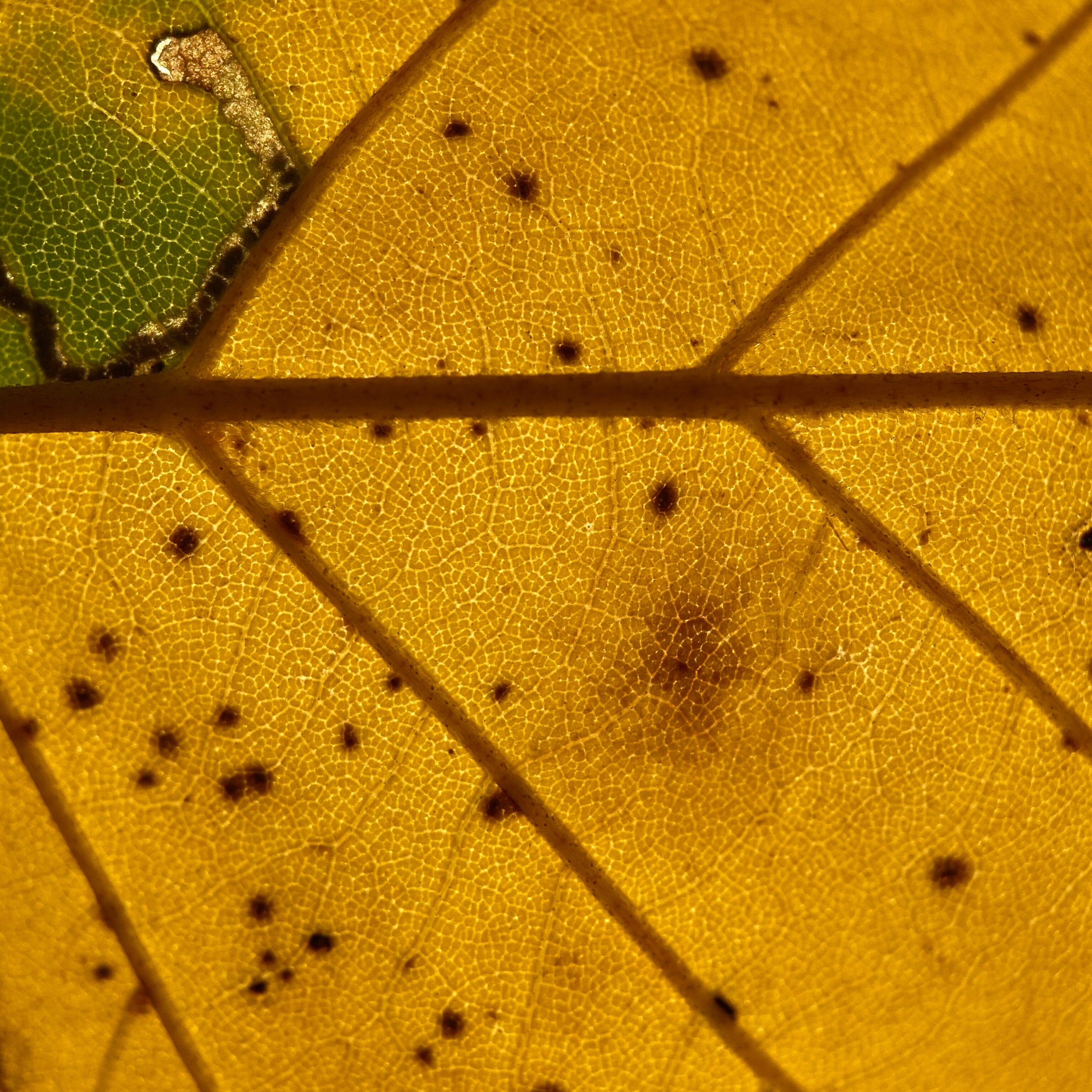
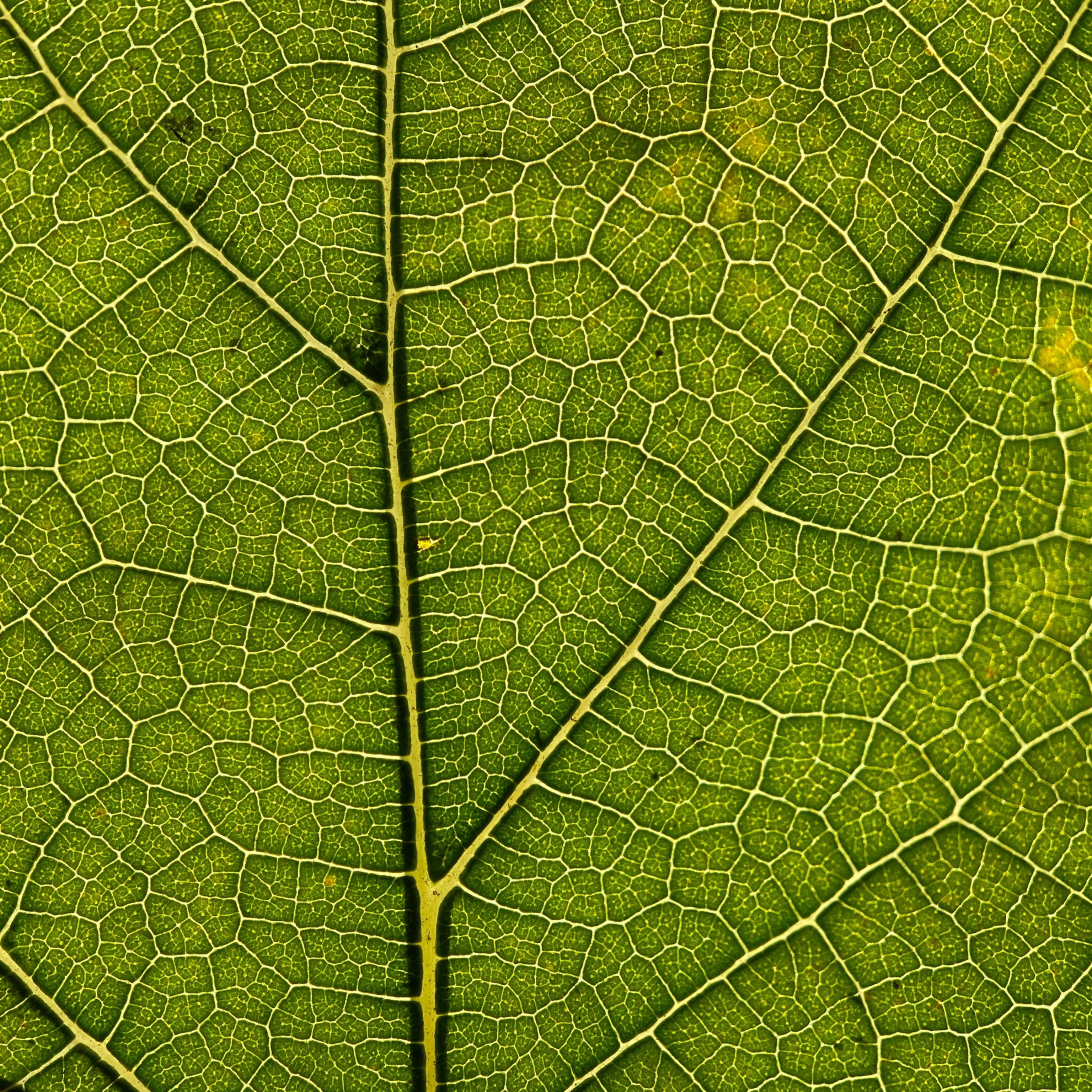
In many U.S. cities, green spaces are more common in wealthy, often white neighborhoods; lower-income neighborhoods tend to have fewer trees—and fewer of the benefits that come with green spaces.
Cedar Rapids is a bit of an exception, Fagan says: Some low-income areas are in older sections of the city, where bigger trees provide more shade. And in past years, the city has prioritized planting new trees along streets in other lower-income locations without a mature urban forest.
Even with some storm damage, there’s canopy coverage because “those neighborhoods were in a really good place to start,” Fagan says.
Still, environmental injustice exists in Cedar Rapids too, and reforestation projects can address those inequities through design. For example, apartment dwellers might live down the block from a small park where a few strategic plantings could create significant impact.
“That, to me, is an area where there’s more opportunity to be effective, not necessarily in numbers,” Fagan says.
Several studies have found that planting urban trees with equity in mind only succeeds with substantial community involvement, especially when that process empowers residents to offer their hopes and concerns.
“That will be a major focus of the new plan to replant,” says Shannon Ramsay, founder of the local nonprofit Trees Forever. “It’s not just about planting trees,” she says, but about nurturing long-term partnerships with residents.
And even as the cleanup continues, city staff has discussed volunteer efforts and community feedback sessions.
“People obviously want to replant,” Fagan says of the enthusiasm he’s encountered. “That’s going to take a decade and a lot of work.”

